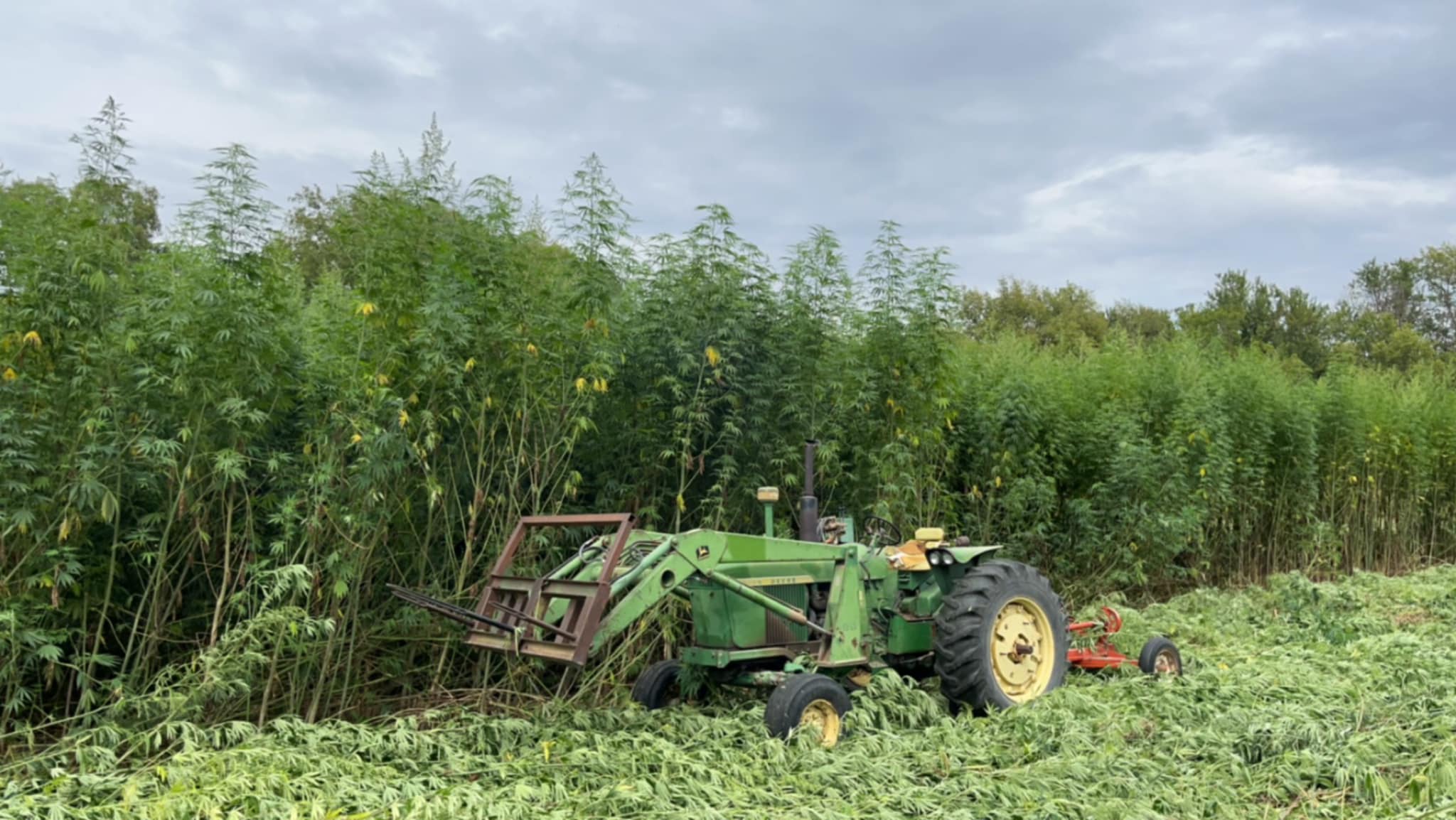An ecological index is a measure that determines the environmental impact of a product or service. This index takes into account a number of factors, including:
The raw materials used: How sustainable are the raw materials used to produce the product or service?
The production method: How environmentally friendly is the production method?
The transportation: How environmentally friendly is the transportation of the product or service?
The use: How environmentally friendly is the use of the product or service?
An ecological index can help redefine the concept of sustainability in our cycles. By understanding the environmental impact of our consumption, we can make more conscious choices.
There are several ways to set up an ecological index. A commonly used method is to calculate the environmental impact of a product or service based on a number of environmental indicators. These indicators can measure, for example, the amount of CO2 emissions, the amount of water used, the amount of waste produced and the amount of raw materials used.
Another method is to calculate an ecological footprint. An ecological footprint is a measure of the total impact of a product or service on the environment. The ecological footprint is calculated using a number of environmental indicators, such as the amount of CO2 emissions, the amount of water consumption, the amount of waste production and the amount of raw material use.
The best way to set up an ecological index depends on the specific application. To set up an ecological index, it is important to follow the following steps:
- Define the target audience and purpose of the index. For whom is the index intended?
- What do you want to achieve with the index?
Select the relevant environmental indicators. - Which environmental indicators are important for the target group and purpose of the index?
Determine the weights of the environmental indicators. - How important is each environmental indicator?
Calculate the ecological index. Use the selected environmental indicators and weights to calculate the ecological index.
An ecological index can be an important tool to reduce the environmental impact of our consumption. By understanding the environmental impact of our consumption, we can make more conscious choices.

